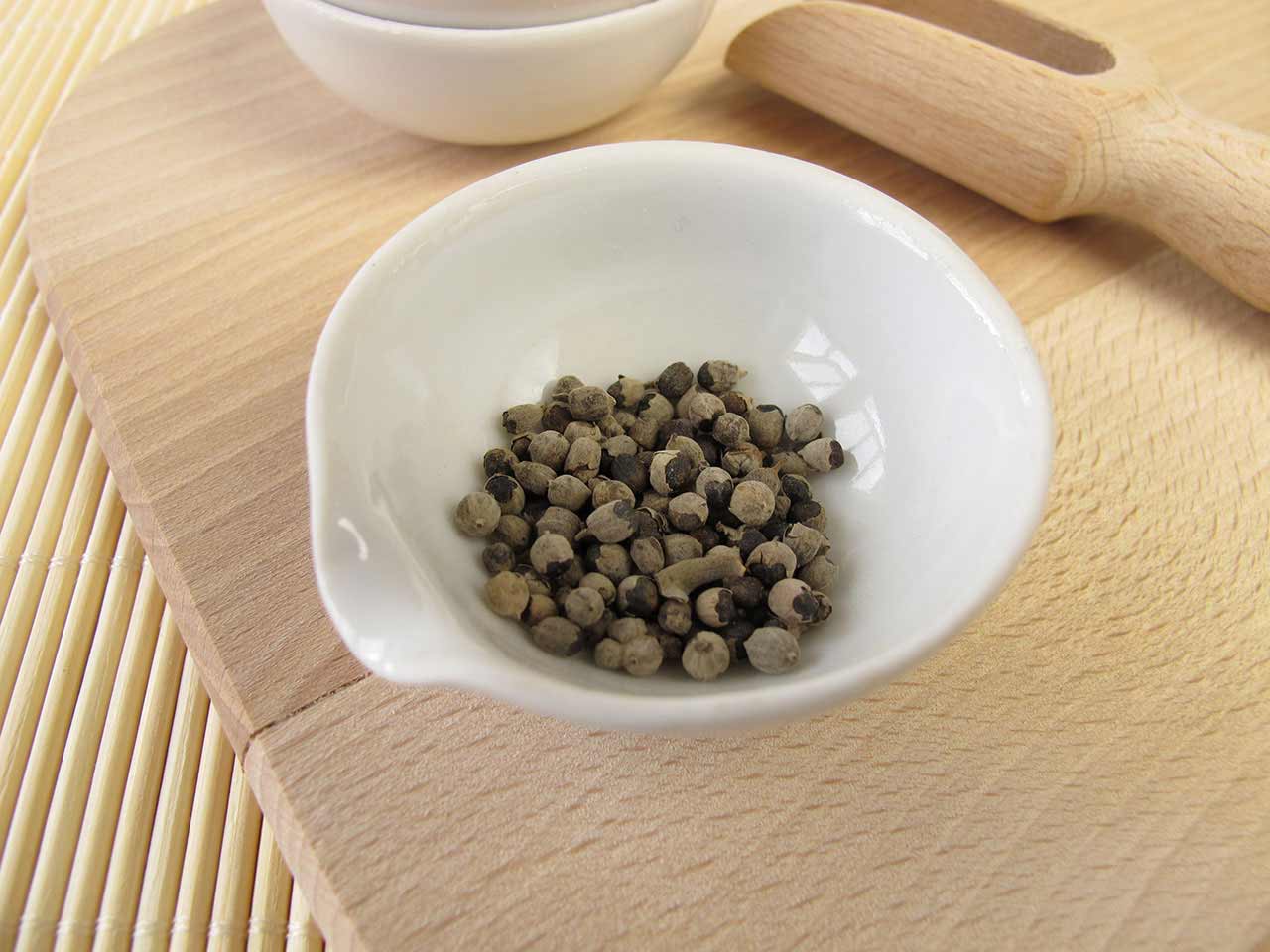By Isabella @TheWandCarver
Instagram: @iseabail_witchwriter
The Bodhi tree doesn’t seem to be mentioned much in witchcraft and that may be down to its religious connotations. It even has religiosa in its name, i.e., Ficus religiosa which means “sacred fig”. Can you eat the figs from the Bodhi Fig tree? As best I can tell, yes. But for the most part, the figs we eat usually come from the Common Fig [Ficus carica] tree. And, here is a little fig fact for you [although, you might decide to give up eating this delicious fruit when you read the following]
Figs Are Not Vegan Because They Are Full of Dead Wasps
You’re welcome 😊 I’m pescatarian, not strictly vegan, therefore, this doesn’t stop me from eating a fig… although I did shed a tear for the poor mother wasp.

Back to the Bodhi Fig. This tree is also called “the tree of awakening”. Many of you may already know that the Mahabodhi Tree, located in Bodh Gaya, Bihar, India, under which Siddhartha Gautama, the spiritual teacher who became known as the Buddha, is said to have attained enlightenment or Bodhi. The Bodhi is a many-storied tree and I could carry on writing about its lore; however, we shall move onto how it can benefit us in so many ways.
Magickal

I have never used any part of the Bodhi tree for magickal purposes. As close as I may have come is using the branches from a huge Ficus tree that was once in our garden but died of natural causes, for wands. But that was an entirely different genus of Ficus. I have found very little regarding magickal endeavours with any part of the Bodhi tree. It would seem, if you want to do anything magickal with a Bodhi tree you must own one or travel to a place that does have one. No, you don’t necessarily need to travel to India to visit the Bodhi for magickal or enlightenment purposes, however, you will need to travel to where they can be grown as they need warm temperatures. I have read where they grow in the United State’s California and Florida. And, I have also found a website which sells the seeds to grow your own Bodhi for a reasonable price. If you live in the US, you can purchase a Bodhi tree in a 4-inch container for not an unreasonable amount of money, but it will need to be ordered and p&p will apply, I am sure. How would you use a Bodhi tree if you could travel to one or buy a small pot plant?
According to my go-to for odd trees, Tess Whitehurst writes:
Protection
“The Bodhi tree’s divine alignment and active positivity provides a potent protection boost Whilst simply spending time with a Bodhi tree can increase the natural protectiveness of your personal energetic field, walking around the trunk in a clockwise direction nine times will have a particularly protective and purifying effect.”
Wisdom
“If you’re in need of a little wise guidance, or you would like to increase your own personal wisdom on any given issue you need look no further than a living bodhi tree. A true guru of the tree kingdom, simply spending time with a bodhi tree can offer the counsel you need. For this purpose, visit the tree as you would a spiritual master, kneel near the trunk and silently offer up your challenge or situation through your thoughts and emotions. Then, simply relax and be with the tree until you feel entered, grounded and calmly certain about how to proceed.”
She also speaks of healing, rainmaking, and nature spirits. If you would like to buy a copy of her book, find her under Sources below.
Correspondences
Planet: Sun
Gender: Male
Element: Air
Powers: Fertility, Healing, Nature Spirits, Rainmaking, Protection, Wisdom
Deity: Buddha [all], Brahma, Vishnu, Siva [Hindu]
Sabbat: Litha
Other Names: Peepul tree, Bo tree [Hindi], sacred fig, Aswattha [Sanskrit]
Health
All parts of the Bodhi Tree have been used as a medicine for their cooling and healing properties, as part of the Ayurvedic healing system. They have been used to treat various diseases of the skin and blood, digestive, reproductive, respiratory and other body systems. I have yet to learn where any part of the tree can be obtained from to aid in at-home Ayurvedic healing or holistic healing, of which I use both in my practise.
Some known medicinal uses reported in the literature are:
Leaves – to relieve diarrhoea and dysentery
Fruit – to treat asthma, digestive problems and as an antidote against venom and other poisons
Seeds – for urinary ailments
Bark – as an antibiotic against Staphylococcus aureus and Escherichia coli
Sap – to remove warts
Roots – to heal ulcers and gum disease
“Oh, Aswattha tree! You are a God.
You are king among trees.
Your roots represent Brahma, the Creator;
your trunk represents Siva, the Destroyer and your branches,
Vishnu the Preserver.
As such you are the emblem of Trimurti.
All those who honor you ;
in this world by performing Upanayama,
walk round you, adoring you and singing your praise;
obtain remission of their sins in this world and bliss in the next.
I praise and adore you.
Pardon my sins in this world and give me a place with the blessed after death”.
Many thanks for reading and warmest blessings to all whom this way wander x
Sources
EarthStoriez
The Magic of Trees, by Tess Whitehurst
Wikipedia
























